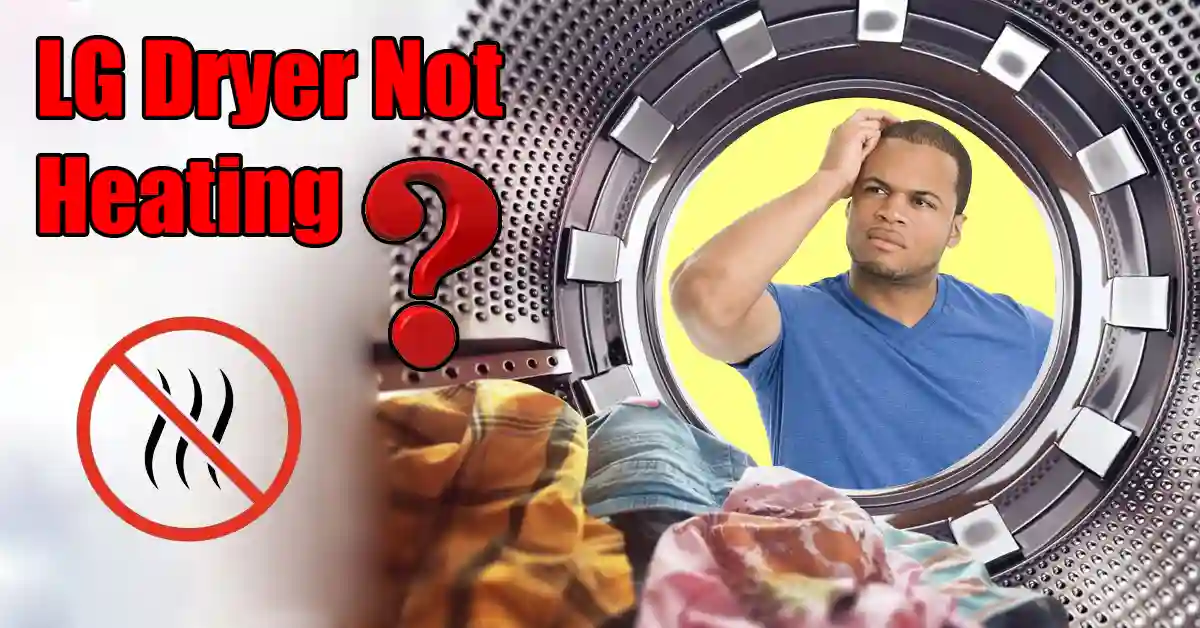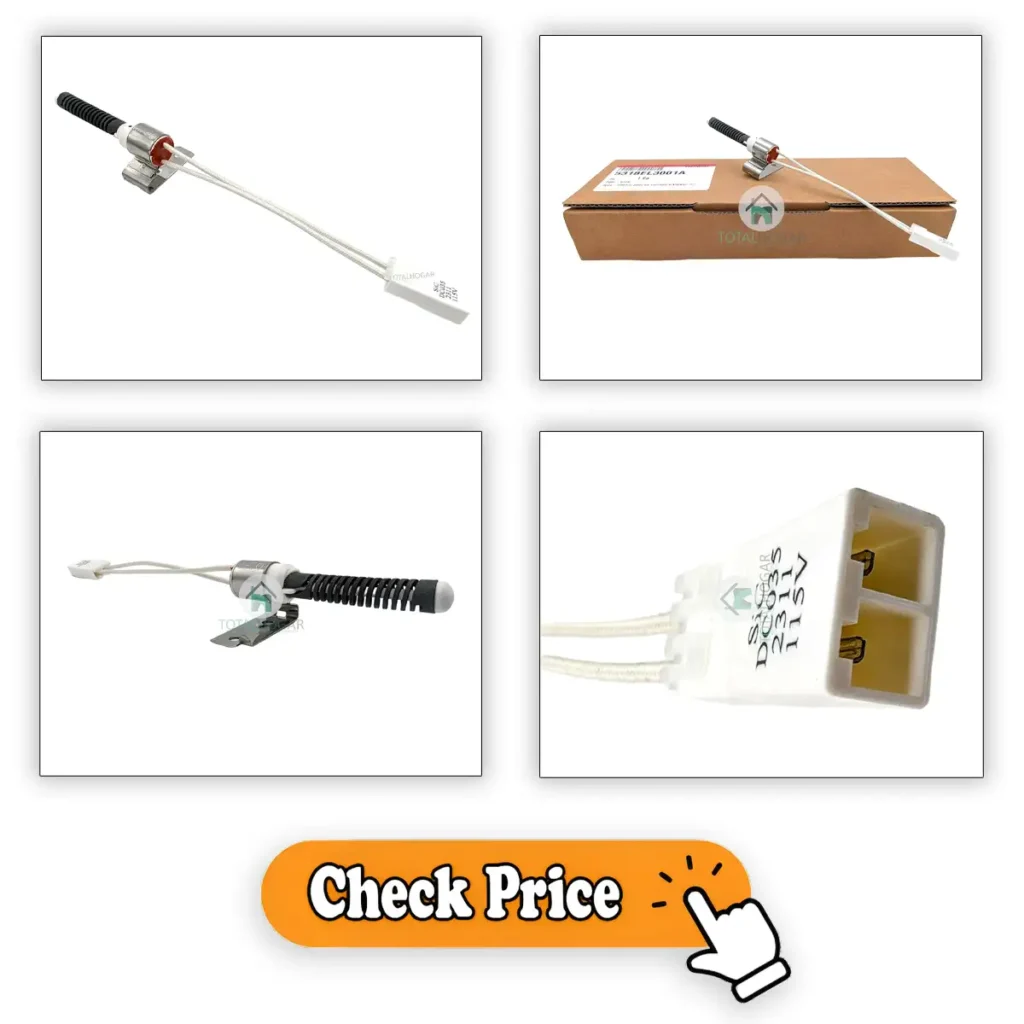Have you ever opened your LG dryer, only to find your clothes still damp and cold? Yeah, I’ve been there too. It’s one of those moments that makes you scratch your head and wonder, “Why is my LG dryer not heating?” Whether you have an electric or gas model, a dryer that doesn’t heat up can be frustrating.
Let’s fix that together. I’ll guide you through the common reasons and easy fixes. From checking the circuit breaker to finding the reset button, we’ll get your dryer back to heating in no time.
Table of Contents
Basic Troubleshooting Steps for LG Dryer Not Heating
If your LG dryer is not heating, don’t worry! Here are some simple steps to help you figure out what’s wrong.
Check the Power Supply
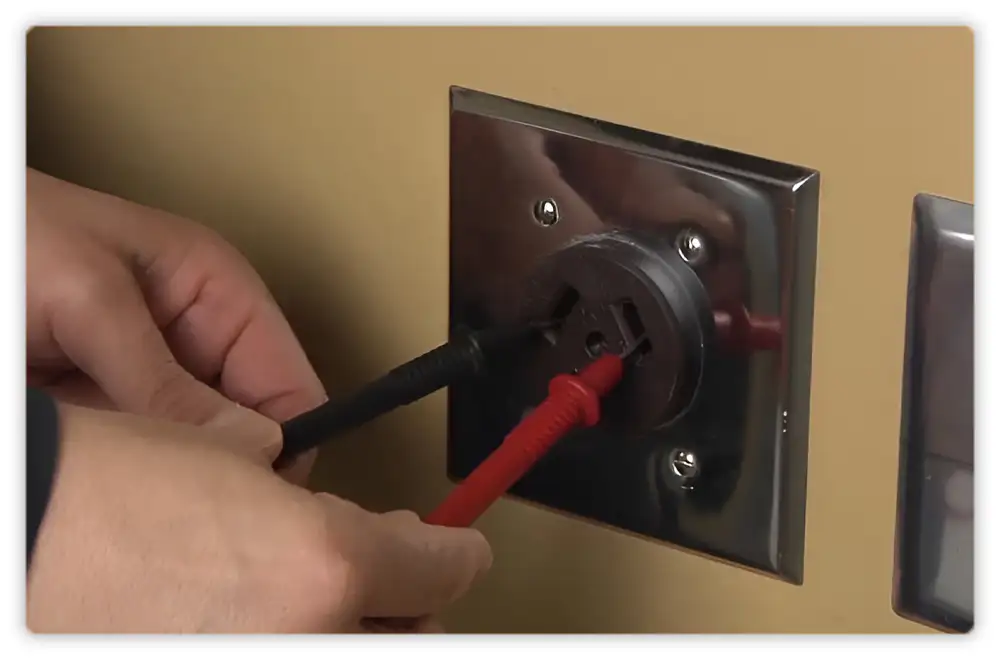
First, make sure your dryer is plugged in. It might sound silly, but sometimes the plug can come loose. Also, check your circuit breaker. If it’s tripped, reset it. For LG dryers, the circuit breaker is usually in your home’s main electrical panel.
Verify Settings on the Dryer
Sometimes, the problem can be as simple as incorrect settings. Ensure you haven’t accidentally turned on the “Cool” setting. If you’re wondering how to turn off the cool setting on an LG dryer, refer to your dryer’s manual. Make sure you select a heat cycle, and check if the timer is set correctly.
Ensure the Dryer Door is Fully Closed
Your dryer won’t work if the door isn’t closed properly. Open and close the door again to ensure it’s fully shut. Some LG front load dryers have a sensor that won’t let the dryer start if the door is open.
Common Reasons for LG Dryer Not Heating
When your LG dryer isn’t heating, it can be due to several common issues. Understanding these reasons can help you troubleshoot and fix the problem quickly. Let’s dive into some of the usual suspects.
Thermal Fuse

The thermal fuse is a crucial safety feature in your dryer. It stops the machine from overheating, which can prevent fires. If the thermal fuse blows, your dryer won’t heat up at all.
Common Reason: The thermal fuse usually blows due to excessive lint buildup or a clogged vent, which causes the dryer to overheat.
Solution: Locate the thermal fuse on the blower housing or at the heat source. Test it with a multimeter. If it’s blown, replace it. I had to do this once for a client’s DLEX4000B Front Load Electric Dryer, and it’s easier than it sounds. The client was thrilled when I managed to get their dryer heating again!
DIY or Pro: This is a DIY-friendly fix. With a little patience and a multimeter, you can do it yourself.
Thermostats and Temperature Switches
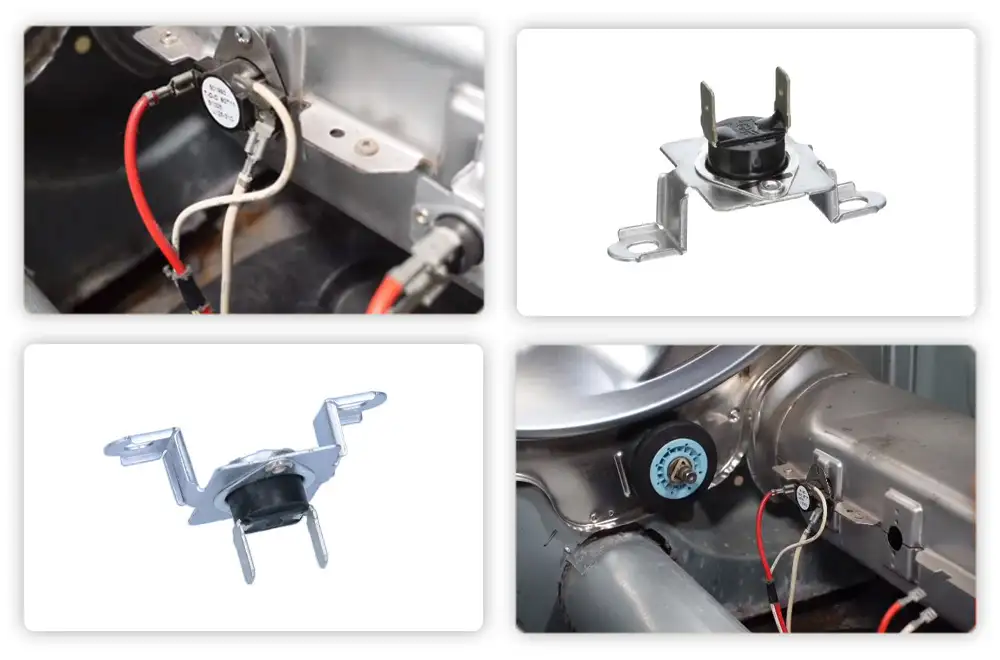
Thermostats and temperature switches regulate the heat in your dryer. If these parts fail, your dryer won’t heat properly.
Common Reason: These components can malfunction due to age or electrical issues.
Solution: Test the high-limit thermostat, cycling thermostat, and temperature switch with a multimeter. Replace any that don’t show continuity. I had a similar issue with a DLEX4200B Front Load Electric Dryer. The joy on the customer’s face when their dryer finally heated up properly again was priceless.
DIY or Pro: This is a DIY task for those comfortable using a multimeter. If you’re unsure, you might want to call a pro.
Heating Element
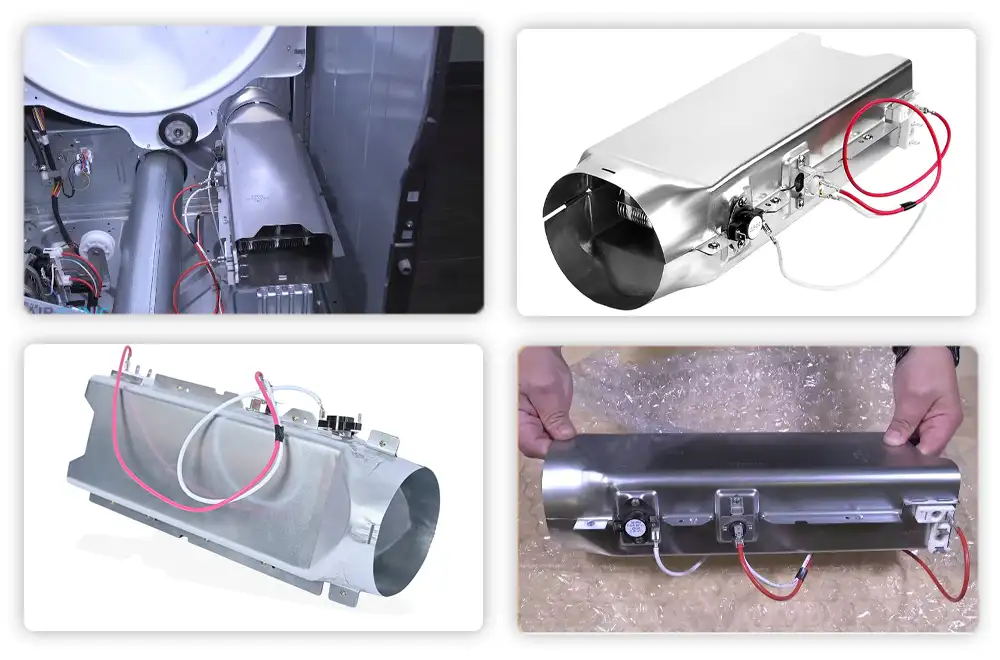
The heating element is what actually produces the heat in your dryer. Over time, it can burn out and stop working.
Common Reason: The heating element can wear out due to regular use, or it can burn out if the dryer is overloaded or runs too hot.
Solution: Use a multimeter to test the heating element for continuity. If there’s no continuity, the element is faulty and needs replacing. I remember fixing a DLGX4001B Front Load Gas Dryer with a burned-out heating element. The customer was amazed at how quickly we got it back to working condition.
DIY or Pro: This is a DIY fix, but it might be a bit tricky. If you’re comfortable taking apart your dryer and using a multimeter, you can handle it. Otherwise, it might be best to call a professional.
Igniter (Gas Dryers)
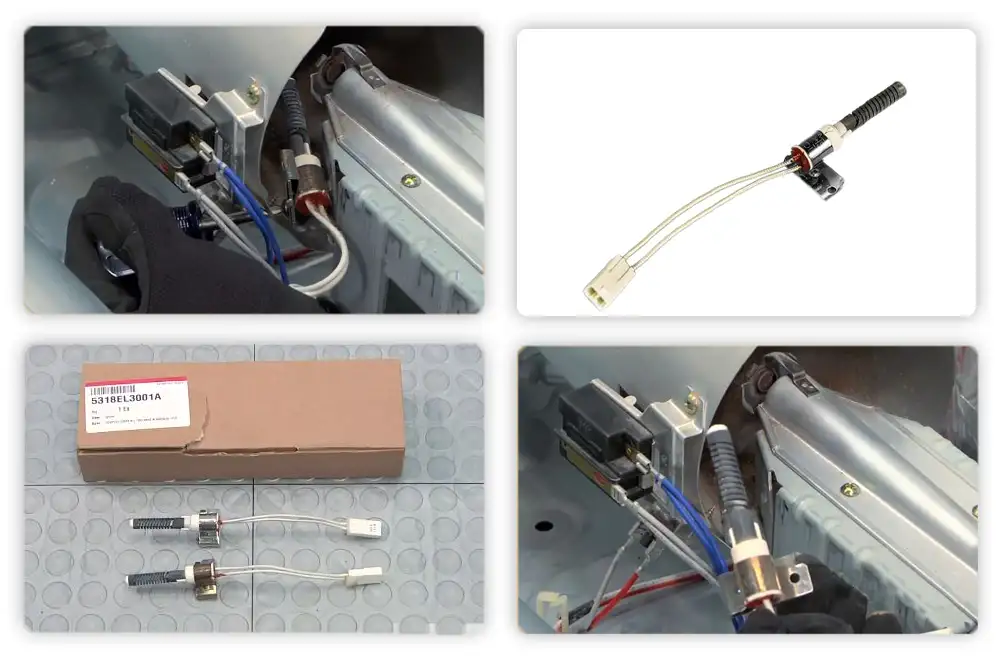
The igniter in your gas dryer lights up the gas to create heat. If the igniter is defective, the dryer won’t heat up, leaving you with damp clothes and frustration.
Common Reason: Over time, the igniter can wear out or become damaged, making it unable to ignite the gas.
Solution: Use a multimeter to test the igniter for continuity. If it doesn’t pass the test, it’s time to replace it. I remember a time I was working on a DLG6101M Rear Control Gas Dryer. The igniter was faulty, and once replaced, the dryer heated up perfectly. The customer was delighted to have their dryer back in action!
DIY or Pro: This is a DIY-friendly repair. With a bit of patience and a multimeter, you can handle it yourself.
Gas Valve Solenoids (Gas Dryers)
The gas valve solenoids control the flow of gas to the burner. If one or more solenoids fail, the dryer won’t heat, leaving your laundry cold and damp.
Common Reason: These solenoids can fail due to wear and tear over time, leading to inconsistent or no gas flow to the burner.
Solution: Check if the igniter glows and then shuts off without igniting the gas. If it does, the solenoids are likely the issue. Replace the faulty solenoids. I had an interesting case with a DLG7151M Rear Control Gas Dryer where the solenoids failed. Replacing them brought the dryer back to life, much to the relief of the homeowner!
DIY or Pro: Changing gas valve solenoids can be tricky. If you know how to fix gas appliances, you can try it yourself. If not, it is best to call a pro.
Read More: LG vs Samsung Washer and Dryer
Timer
The timer in your dryer controls the heating cycle. If it malfunctions, your dryer won’t heat up properly. Imagine having a cozy evening planned, only to find your clothes still wet after a full cycle!
Common Reason: Sometimes, the timer motor stops advancing, or it shows no continuity when tested with a multimeter.
Solution: If your dryer’s timer is acting up, test it for continuity. If it fails, replace the timer. I remember working on a DLEX9500K Electric Dryer with a faulty timer. After replacing it, the dryer was back to its efficient self. The homeowner was thrilled to have a functioning dryer again!
DIY or Pro: This is a task you can handle yourself if you’re comfortable with basic electrical testing. Otherwise, calling a professional might be a safer bet.
Blocked Vent
A blocked vent can cause your dryer to overheat and blow the thermal fuse, leaving you with damp clothes and a lot of frustration.
Common Reason: Lint and debris can accumulate in the vent hose, outside vent, and lint filter, restricting airflow.
Solution: Regularly clean the lint filter, vent hose, and outside vent to ensure proper airflow. I once helped a friend with a DLE7150W Electric Dryer that wasn’t heating properly. The vent was completely clogged! After a thorough cleaning, the dryer worked like new. It was a satisfying fix, and my friend was grateful.
DIY or Pro: Cleaning the vent is a simple task you can do yourself. However, if the vent is hard to reach or severely clogged, consider hiring a professional for a thorough cleaning.
Faulty Wiring
Bad wiring can stop your dryer from heating well. This is another common problem to watch for.
Common Reason: Burnt, frayed, or loose wires in the dryer can block the electric flow.
Solution: Check for any burnt, frayed, or disconnected wires inside the dryer. Repair or replace any damaged wiring. I once encountered this problem with a DLGX7901BE Gas Dryer. The wiring was a mess, but after carefully repairing it, the dryer was back to drying clothes efficiently.
DIY or Pro: You can check the wires yourself, but fixing them needs care. If you do not feel safe doing electrical repairs, it’s best to call a pro.
Related Post: Whirlpool Dryer Not Heating
Preventive Maintenance Tips
Taking care of your dryer helps it last longer and work better. Here are some easy tips to keep your dryer in top shape.
Regular Cleaning of Lint Filter and Vent
Always clean the lint filter after every use. Lint can block airflow and make your dryer work harder. A clogged vent can also cause problems, like overheating. Clean the vent hose and outside vent at least once a year. This can prevent your LG dryer from not heating properly.
Annual Professional Inspection
It’s a good idea to have a professional check your dryer once a year. They can look for any hidden problems and fix them before they become big issues. This can save you money and keep your dryer running smoothly.
Proper Usage Guidelines to Extend Dryer Lifespan
Don’t overload your dryer. Too many clothes can cause the dryer to overheat. Also, make sure you use the right settings for different types of fabrics. This can help avoid wear and tear on your dryer.
Case Study1: LG Gas Dryer Not Heating
As an appliance repair expert, I often get calls from people whose dryers are on strike. One day, I got a call from Tom, who was frustrated with his LG gas dryer. It wasn’t heating, and he had a mountain of damp clothes. Let me share how we tackled this problem together.
Detecting the Problem
1. Check the Igniter: First, I told Tom to unplug the dryer and turn off the gas. Safety first, right? Then, we inspected the igniter. It looked fine, but we tested it with a multimeter anyway. No continuity meant it was time for a new igniter.
2. Inspect the Thermal Fuse: Next, we checked the thermal fuse. This tiny component can cause big problems if it’s blown. We used the multimeter again, and sure enough, it showed no continuity. Another replacement on the list.
Solving the Problem
1. Replace the Igniter: Replacing the igniter was straightforward. We followed the instructions and made sure all connections were tight. Tom was relieved to see how easy it was.
2. Install a New Thermal Fuse: We then replaced the thermal fuse. I explained to Tom that regular cleaning of the lint filter and vents would prevent this issue in the future.
3. Clean the Vents: Finally, we cleaned the vents thoroughly. Blocked airflow can cause overheating, which is a common culprit for many dryer issues.
Personal Experience
Tom was so happy when his dryer started heating again. He told me it was like magic. I reminded him it was more about regular maintenance and a bit of patience. We shared a laugh and a cup of coffee, celebrating our small victory over the stubborn dryer.
Case Study2: LG Tromm Dryer Not Heating
As an appliance repair expert, I’ve seen my fair share of dryers that don’t want to work. One sunny morning, I got a call from Emma, who was in a bit of a pickle. Her LG Tromm dryer wasn’t heating, and her laundry was piling up. Let’s dive into how we solved this problem together.
Detecting the Problem
1. Check the Heating Element: First, we unplugged the dryer. Safety first, right? Then, we took off the back panel to access the heating element. Using a multimeter, I checked for continuity. It turned out there was none, meaning the heating element was faulty and needed replacing.
2. Inspect the Thermal Fuse: Next, we looked at the thermal fuse. This tiny part is crucial as it prevents the dryer from overheating. We found it near the blower housing. Testing it with a multimeter, we discovered it had blown. A common cause for this is a clogged vent, which can lead to overheating.
Solving the Problem
1. Replace the Heating Element: We removed the faulty heating element by disconnecting the wires and unscrewing it. Then, we installed a new one, making sure all connections were secure before reassembling the dryer.
2. Install a New Thermal Fuse: We replaced the blown thermal fuse with a new one, ensuring all connections were tight. I advised Emma to regularly clean the lint filter and vents to avoid this issue in the future.
3. Clean the Vents: Finally, we cleaned the dryer vents thoroughly. Blocked airflow can cause the dryer to overheat, leading to blown fuses and other issues. We made sure the exhaust hose and vents were clear of lint and debris.
Personal Experience
Emma was overjoyed when her dryer started heating again. She couldn’t believe it was working so well. I reminded her that regular maintenance was key. We laughed and shared a moment of relief, knowing her laundry crisis was averted.
When to Call a Professional
Sometimes, you need a professional to help with your dryer. Here’s when to make that call.
Identifying Complex Issues
If you’ve tried basic troubleshooting and your LG dryer is still not heating, it’s time to call a pro. They can diagnose and fix complex problems that you might not be able to handle on your own.
Benefits of Professional Repair Services
Professionals have the tools and knowledge to fix your dryer quickly and correctly. They can also spot other potential issues that you might miss. This can save you time and prevent further damage.
Cost Considerations
While professional repairs can be pricey, they can save you money in the long run. Fixing a small problem now can prevent a bigger, more expensive issue later. Plus, a well-maintained dryer uses less energy, which can lower your utility bills.
Conclusion
Dryers can stop heating for many reasons. It might be a blocked vent, faulty wiring, or a broken heating element. Each problem has a fix, like cleaning the vent, fixing the wiring, or replacing parts like the thermal fuse or heating element.
If you have any questions about LG dryer not heating, just comment below or contact me for more help.
FAQ
How do I reset the heat on my LG dryer?
Just unplug it, locate the thermal fuse, and press the reset button. If it clicks, heat’s on! If not, check the igniter—it might need a fix or replacement.
Why Isn’t My LG Sensor Dryer Heating?
Ensure your LG sensor dryer is plugged in and the circuit breaker is on. Check the thermal fuse and reset it if needed. If it persists, inspect the heating element or igniter.
Why does my LG dryer stop heating after a few cycles?
This could be a sign of a clogged vent or a faulty cycling thermostat. Clear out any lint and check if the thermostat needs replacing. Keep those vents clean to avoid a heat hiatus!
What does it mean if my dryer’s igniter isn’t working?
If your gas dryer’s igniter isn’t lighting up, it’s likely worn out or damaged. Replace it to rekindle the flame of warmth for your clothes.

